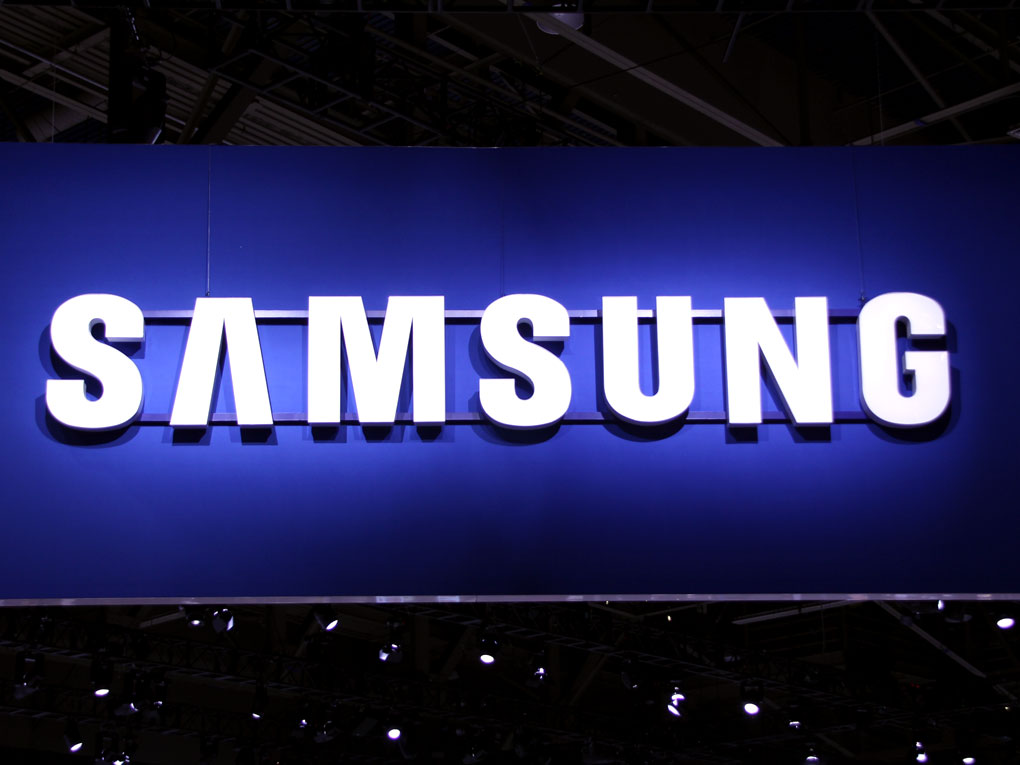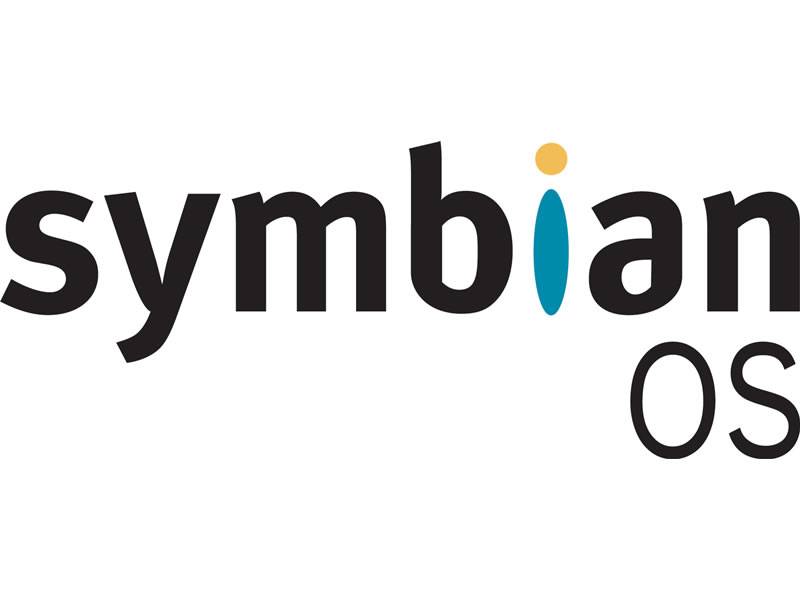In
2005 McDonald’s business performance and brand perceptions had reached a
plateau. It seemed that the nation’s love affair with McDonald’s might be over.
So the brand had to win back its place in customers’ affections by overhauling
just about every aspect of the business that could affect its relationship with
them, and finding the right way to express itself in communications. Over the
next three years McDonald’s UK made record levels of investment to upgrade the
experience for customers in the areas that mattered most to them: the food for
both adults and children and the restaurants.
The food
Improving food perceptions was clearly absolutely critical to re-appraisal of the brand. A grown-up menu for adultsIn research, customers had already told McDonald’s they wanted more choice. In response, the brand had initiated a programme that made more changes to its menu in three years than it had done in the previous thirty. Innovations across the menu saw the introduction of products such as new chicken recipes, using only 100% chicken breast meat from approved poultry farms.Bagels and porridge were launched at breakfast and fat, salt and sugar content were reduced. Organic milk and Rainforest Alliance coffee were introduced and a 10-year programme for free-range eggs culminated in their exclusive use throughout the menu. To give an indication of the scale of the success of some of these recipes, McDonald’s UK sold 21 million Chicken Legends in 2008.
Healthier
Happy Meals for children
Parents wanted the
Happy Meal to remain a treat for their kids — still to include a toy, for
example — but were concerned about nutrition. Changes had already been made in
2004, adding choice with fruit bags and carrot sticks, but new moves included
adding fibre to buns, serving fries unsalted if parents preferred and
introducing semi-skimmed organic milk and fresh orange juice. Today McDonald’s
is one of the biggest providers of cut fruit to children in the UK. This led to
the share of family visits growing vs the market: in 2008, for example, 80% of
families visited McDonald’s.
Makeover
for the restaurants
The single most visible signal of change to consumers was the store re-imaging programme, which began in 2006 and which completely changed the look and feel of the outlets.By the end of 2008 80% of the high street restaurants had been refurbished, with consumer research showing increased consumer commitment to the brand and rising sales.
Encouraging a new attitude
The business made a significant structural change by increasing the number of franchisees. Entrusting more restaurants to local entrepreneurs was a huge success, based on the simple premise that if it is your own business you tend to run a better restaurant. At the same time, focus on improving operating standards led to cleaner, more efficient and friendlier restaurants, while investment in new kitchen equipment enabled the serving of fresher, hotter food. This was complemented by improved communication to stores. The result was distinctly improved customer satisfaction scores. In addition, extended opening hours to reflect changing lifestyles saw more stores trade for 24 hours at least once a week.
Engaging with advertising
McDonald’s had always been committed to using advertising to drive its business, but now was the right time to take the opportunity to use it more pro-actively to manage its brand image and perceptions. The intention was to signal to consumers and stakeholders that the company was talking to them in a new and engaging way to celebrate the truths about, and show pride in, the brand.
A
prime opportunity for doing this was the Happy Meal, where the changes in the
product offered the ideal platform for re-connection with mothers’ heads and
hearts, through a combination of emotional storytelling and rational
reassurance to shift attitudes and make a statement. This led to the ‘That’s What
Makes McDonald’s’ campaign, in which the ‘Planting’ TV commercial told,
charmingly and engagingly, the truth about the core ingredients of a Happy
Meal, celebrating the food and connecting it back to its source The campaign was carried through to
restaurants via tray liners. And it was used as a key internal communications
tool, signifying the brand’s new direction and attitude.
Savouring
success From mid/late 2006, the business saw a marked improvement in sales,
‘guest counts’ and market share. Customer perceptions of the brand also
improved significantly, especially on the ‘trust’ measure which represented a
key objective for the brand.










